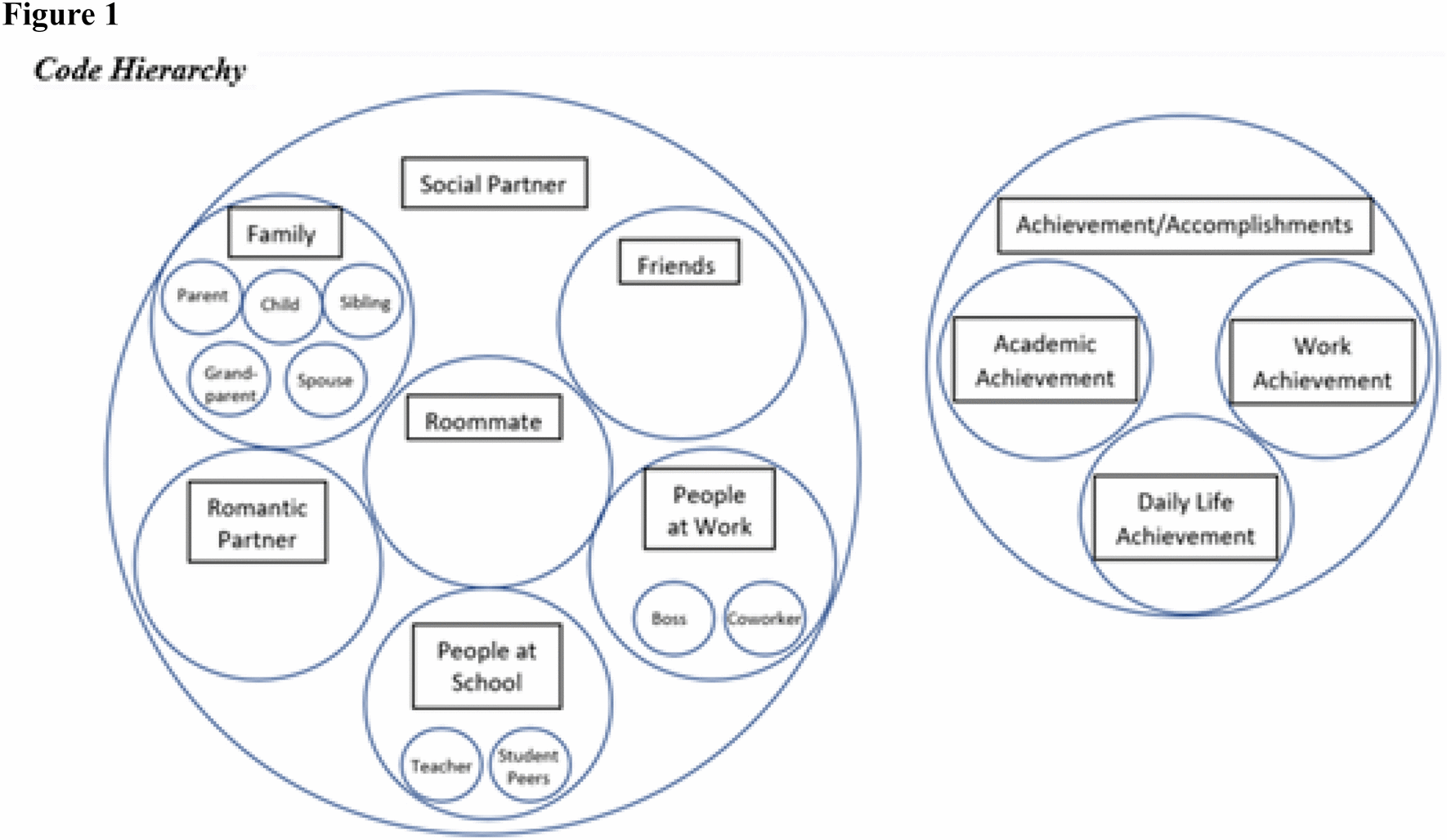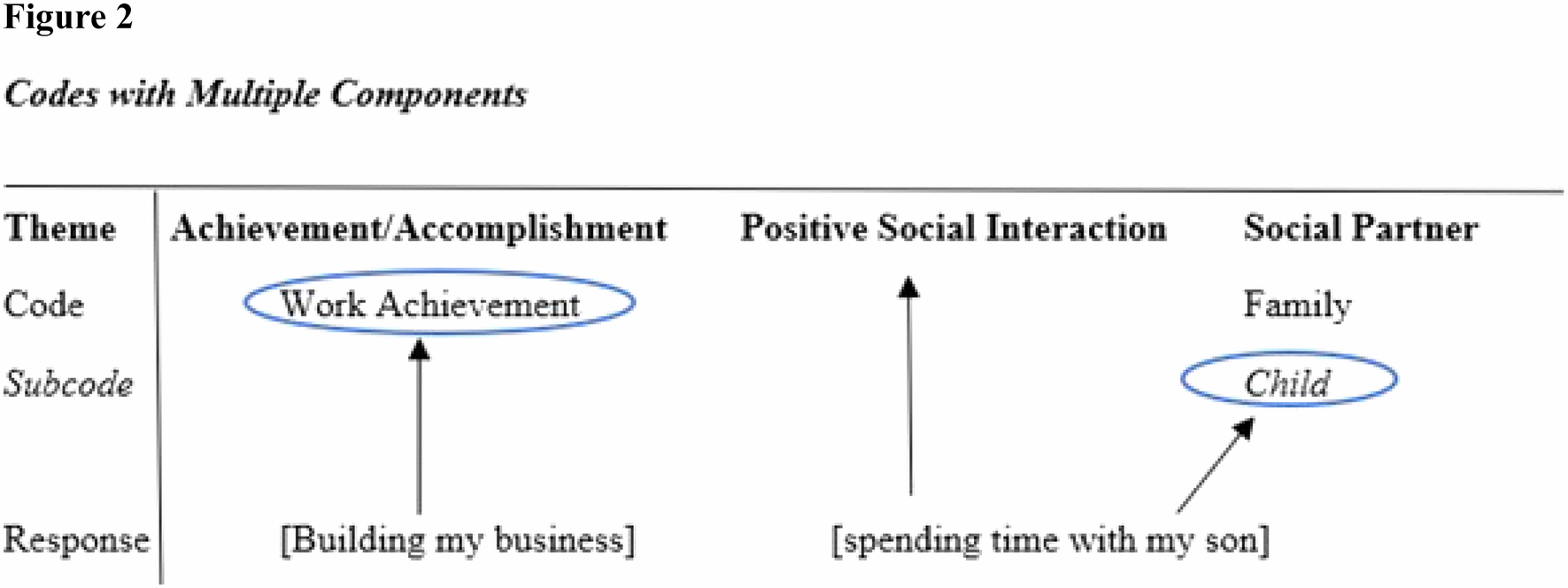Avoid common mistakes on your manuscript.
Correction : J Autism Dev Disord (2023) https://doi.org/10.1007/s10803-023-05892-0
In the original publication of the article, the following corrections has been missed out, this has been corrected in this paper, and the corrections are as follows;
-
1.
Information from the Authors Note was not included. Most importantly the author contributions and funding acknowledgement. The information below should be included at the beginning of the article:
-
a.
SZ, SLB, JTL, and RA initiated and designed the study. SZ collected the data. Funding for the project was granted to SLB, JTL, and SZ. The codebook generation and qualitative coding was carried out by SZ, CP, SG, and LL. CP and SZ wrote the manuscript, while SLB, LL, SG, JTL and RA reviewed and edited the manuscript.
-
b.
This research was supported by the FAR Fund and Autism Science Foundation (Grant/Award Number: 21-006CR to Dr. Shuting Zheng).
-
a.
-
2.
Figs. 1 & 2 cropped incorrectly during the transfer from the manuscript draft to publication. Please let me know if there is a better way to send you the images to ensure that they are correctly inserted.


-
3.
Table 2: A question mark should be added in after “what makes you happy?” Would it also be possible to bold the subheaders of “What makes you happy?” and “What makes you unhappy?” It is difficult to distinguish the aforementioned rows as headers in the published version.
Top Themes and Frequencies across Happy and Unhappy Domains
Themes | Overall Sample (N = 293)a | No Depression (N = 152) | Depression Diagnosis by History (N = 141) |
|---|---|---|---|
“What makes you happy?” | |||
Social Partner | 151 (51.5%) | 79 (52%) | 72 (51.1%) |
Activity | 137 (46.8%) | 80 (52.6%) | 57 (40.4%) |
Pet | 43 (14.7%) | 22 (14.5%) | 21 (14.9%) |
Social Interaction | 36 (12.3%) | 20 (13.2%) | 16 (11.3%) |
Achievement or Accomplishment | 30 (10.2%) | 19 (12.5%) | 11 (7.8%) |
Event | 25 (8.5%) | 19 (12.5%) | 6 (4.3%) |
Job/Work | 24 (8.2%) | 16 (10.5%) | 8 (5.7%) |
Self-Care | 18 (6.1%) | 9 (5.9%) | 9 (6.4%) |
Food | 15 (5.1%) | 10 (6.6%) | 5 (3.5%) |
Vacation/Travel | 12 (4.1%) | 7 (4.6%) | 5 (3.5%) |
Finance | 11 (3.8%) | 6 (3.9%) | 5 (3.5%) |
Internet | 11 (3.8%) | 8 (5.3%) | 3 (2.1%) |
Material Possessions | 10 (3.4%) | 4 (2.6%) | 6 (4.3%) |
Physical Health | 10 (3.4%) | 6 (3.9%) | 4 (2.8%) |
“What makes you unhappy?” | |||
Social Partner | 103 (35.2%) | 51 (33.6%) | 52 (36.9%) |
Social Interaction | 61 (20.8%) | 30 (19.7%) | 31 (22%) |
Job/Work | 61 (20.8%) | 30 (19.7%) | 31 (22%) |
Current Events | 59 (20.1%) | 37 (24.3%) | 22 (15.6%) |
Emotional Experience | 42 (14.3%) | 16 (10.5%) | 26 (18.4%) |
Physical Health | 32 (11.0%) | 14 (9.2%) | 18 (12.8%) |
Mental Health | 26 (8.9%) | 12 (7.9%) | 14 (9.9%) |
Finance | 23 (7.9%) | 8 (5.3%) | 15 (10.6%) |
Disruptions/Changes in Routine | 22 (7.5%) | 12 (7.9%) | 10 (7.1%) |
Lack of Social Interactions | 21 (7.1%) | 13 (8.6%) | 8 (5.7%) |
Negative or Unfair Treatment by Others | 19 (6.5%) | 11 (7.2%) | 8 (5.7%) |
General Things | 19 (6.5%) | 5 (3.3%) | 14 (9.9%) |
Academic/Schooling | 17 (5.8%) | 10 (6.6%) | 7 (5%) |
Event | 14 (4.8%) | 8 (5.3%) | 6 (4.3%) |
Lack of Activities | 14 (4.8%) | 8 (5.3%) | 6 (4.3%) |
Self-Efficacy | 12 (4.1%) | 6 (3.9%) | 6 (4.3%) |
Time Management | 12 (4.1%) | 6 (3.9%) | 6 (4.3%) |
Living Situation | 12 (4.1%) | 6 (3.9%) | 6 (4.3%) |
Environment/Surrounding | 11 (3.8%) | 5 (3.3%) | 6 (4.3%) |
Support | 11 (3.7%) | 3 (2%) | 8 (5.7%) |
Chores/House Tasks | 10 (3.4%) | 8 (5.3%) | 2 (1.4%) |
Difficulties Related/Attributed to ASD | 10 (3.4%) | 1 (0.7%) | 9 (6.4%) |
-
4.
Please update the second authors middle initial to: Linnea A. Lampinen.
-
5.
In the published manuscript, the heading levels in the results section are incorrect. Currently, many of the subheaders (i.e. enjoying activities with others or by themselves) are formatted the same way as the overarching header of “Everyday sources of happiness,” when the subheaders should all be formatted the same way that “Social partners and interactions eliciting happiness” is printed. The heading levels should be as followed:
Everyday Sources of Happiness
Social Partners and Interactions Eliciting Happiness
Enjoying Activities with Others or by Themselves
Pets as Companions
Achievement or Accomplishment
Participation in Events
Job Prospects, Satisfaction, and Support
Everyday Sources of Unhappiness
Social Partners Eliciting Unhappiness
Negative Social Interactions
Current Events
Employment-related Issues Causing Distress
Negative Emotional Experiences and Poor Mental and Physical Health
Author information
Authors and Affiliations
Corresponding author
Additional information
Publisher's Note
Springer Nature remains neutral with regard to jurisdictional claims in published maps and institutional affiliations.
Rights and permissions
About this article
Cite this article
Parenteau, C.I., Lampinen, L.L., Ghods, S.S. et al. Correction: Self-reported Everyday Sources of Happiness and Unhappiness in Autistic Adults. J Autism Dev Disord 53, 2549–2552 (2023). https://doi.org/10.1007/s10803-023-05947-2
Published:
Issue Date:
DOI: https://doi.org/10.1007/s10803-023-05947-2



